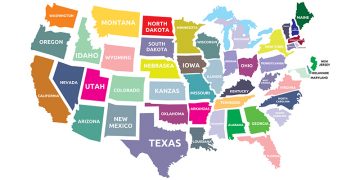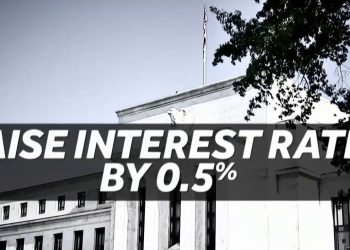An overdraft happens when you cause a charge against your record and you have inadequate assets to cover it. At U.S. Bank, there are different kinds of overdraft security that can cover your shortage until you store adequate assets in your financial balance.
Nonetheless, U.S. Bank will charge an expense at whatever point you overdraw your record, and the bank will not be guaranteed to cover your overdraft. Peruse on to find out precisely the exact thing sort of overdraft insurance U.S. Bank offers and choose what’s best for your monetary circumstance.
Sorts of US Bank Overdraft Protection
Now that you’re done considering what an overdraft is, now is the right time to get into the points of interest. U.S. Bank offers two kinds of overdraft assurance: standard overdraft inclusion and its particular Overdraft Protection. Despite which one you pick, you will be charged an overdraft move expense.
Standard overdraft inclusion accompanies your U.S. Bank financial records and allows the bank to pay, at its circumspection, checks, programmed bill installments, and repeating charge exchanges that outcome in an overdraft. In the event that you have standard overdraft inclusion, in any case, U.S. Bank won’t pay ATM exchanges and day-to-day check card exchanges that trigger overdrafts.
Overdraft Protection empowers you to connect your financial records to your investment account, credit extension, or Visa account. U.S. Bank will utilize cash from those records to cover any sort of overdraft you bring about, including ATM and day-to-day charge exchanges.
US Bank Overdraft Fees
A US Bank Overdraft Fee is $36 per thing. Assuming that you overdraw your record by $5 or less, U.S. Bank won’t charge you an overdraft expense. For overdrafts of $5.01 and the sky is the limit from there, notwithstanding, you’ll be charged $36 for each example, up to four times each day — so hypothetically, you could cause up to $144 in overdraft charges every day.
On top of this standard expense, U.S. Bank charges an extra $25 each week that your accessible total remaining parts beneath $0, beginning the eighth schedule day.
| US BANK OVERDRAFT FEES | |
|---|---|
| U.S. Bank overdraft fee | $36 |
| Maximum fees per day | 4 |
| Maximum charges per day | $144 |
| The fee for every week’s account balance remains below $0 | $25 |
The most effective method to Avoid US Bank Overdraft Fees
U.S. Bank Overdraft Protection can keep your checks from bobbing, however, it’s a costly reinforcement to depend on vigorously. Obviously, the most ideal way to stay away from overdraft charges is to guarantee you generally have an adequate equilibrium in your financial records.
U.S. bank permits you to set up web-based account cautions that can assist with forestalling overdrafts by telling you when your equilibrium arrives at a specific level, for instance. You can likewise lay out a secret stash that fills in as a reinforcement account in the event that your primary financial records run short and is making a beeline for turning into an overdrawn ledger.
Step-by-step instructions to Get Overdraft Fees Waived
In the event that you really do bring about an overdraft charge, you can attempt to get it deferred. Your smartest option is in the event that you are a well-established client of the bank and don’t have a background marked by overdrawing your record. Contact your nearby bank — in person may be the best — and obligingly request that the teller defer the expense.
Check Your US Bank Account
The most ideal way to stay away from U.S. Bank overdraft expenses is to keep close tabs on you and guarantee that save a pad for unforeseen or neglected charges. Pursue U.S. Bank alarms so you can get free warnings about your record status. Last, don’t hesitate for even a moment to request an expense waiver on the off chance that you seldom overdraft — you should go for broke and you’ll probably get it.











































































